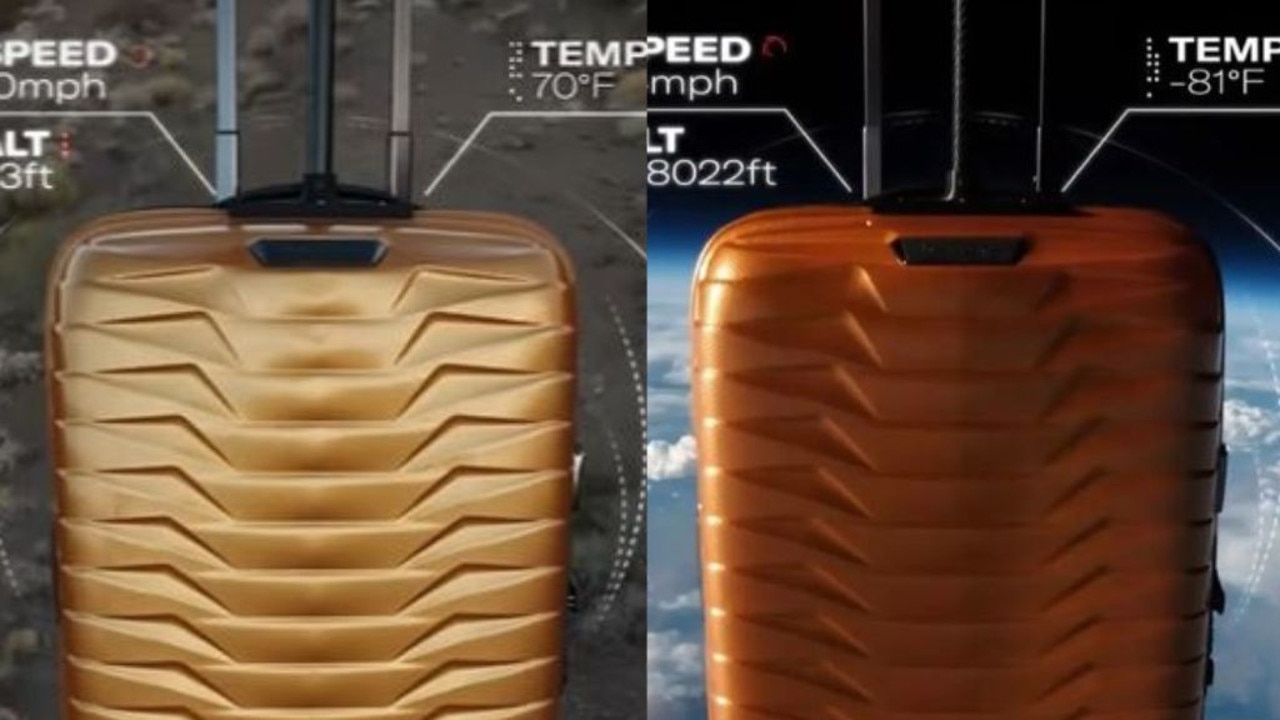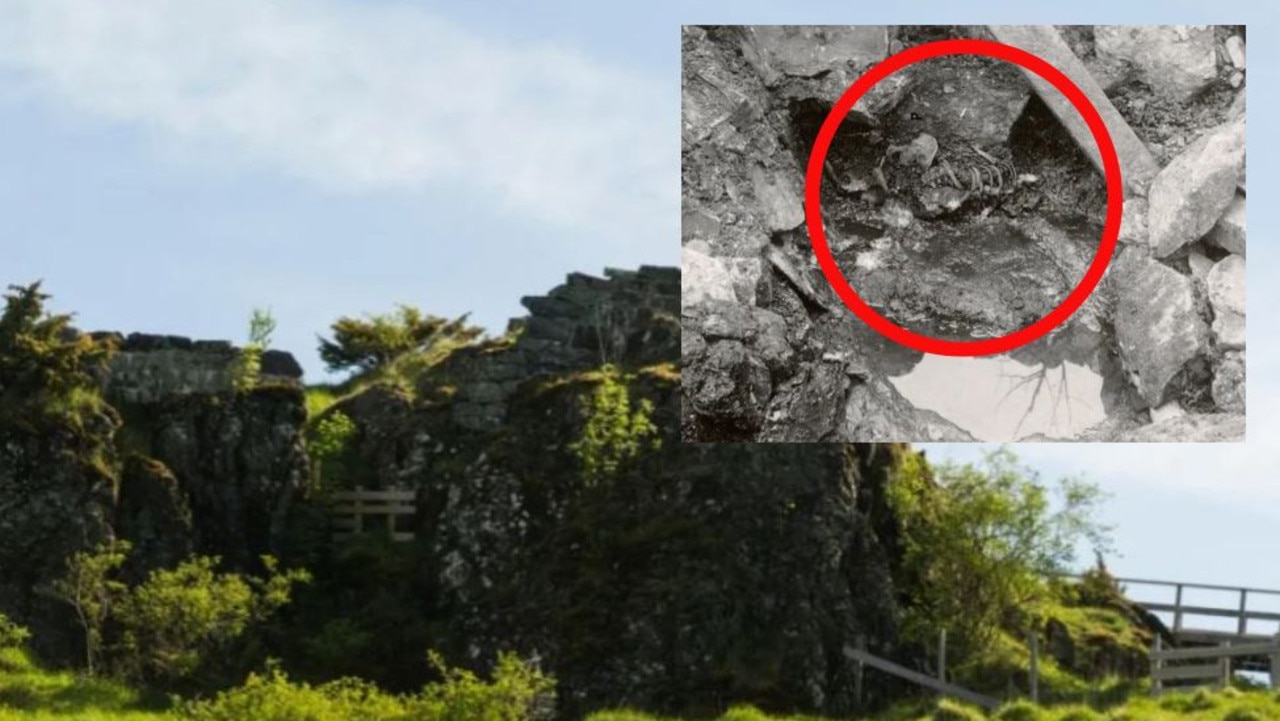Inside world’s most dangerous jungle the Darien Gap where armed bandits rule
The Darien Gap jungle is one of the most inhospitable places on Earth – roamed by natural horrors along with gangs of bandits and kidnappers. WARNING: Graphic content

The Darien Gap jungle is one of the most inhospitable places on Earth – roamed by natural horrors along with gangs of bandits and kidnappers.
People daring to trek through the “never-ending green hell” used to fear its suffocating temperatures and deadly animals — now it’s the thought of being raped and left for dead.
The biggest concern for those preparing to traverse the only overland route from South America into Central America no longer stems from the thought of what they may encounter – but who?
The Darien Gap is a narrow 106km stretch of nearly untouched jungle between Colombia and Panama, The Sun reports.
It is crossed by hundreds of thousands of people every year as a migration route – and many of them do not make it out alive.
One of the most perilous stretches is known as the “Hill of Death”.
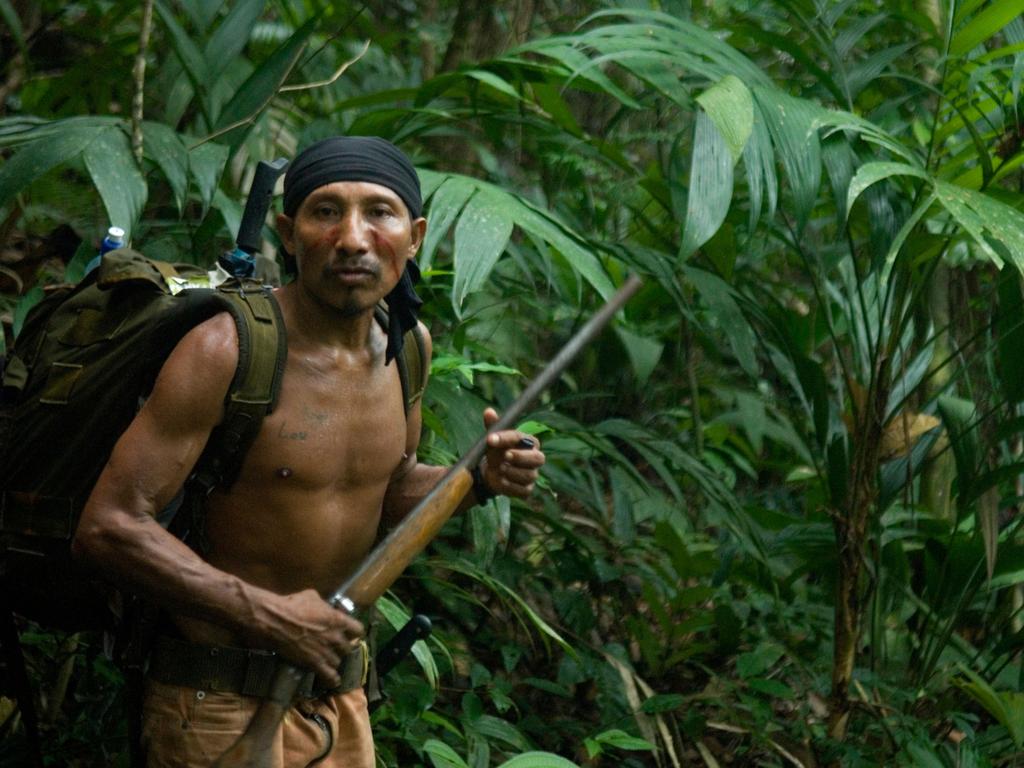
With no roads, migrants make the death-defying treks on narrow, foot-beaten paths through the jungle.
Corpses can sometimes be seen along the side of the trial – and the rusting remains of vehicles that once tried to make the nearly impassable journey.
Drug traffickers, armed bandits and indigenous groups prowl the dangerous trek’s darkest depths, reigning terror for those hoping to make it to the United States.
And after more than half a million people attempted to cross the Darien Gap in 2023, triple the amount from the previous year, things have only gotten worse.
Of that number, 113,180 children and over 1,000 pregnant women were registered, while a further 3,300 were listed as unaccompanied and/or separated children, according to a recent UNICEF report.
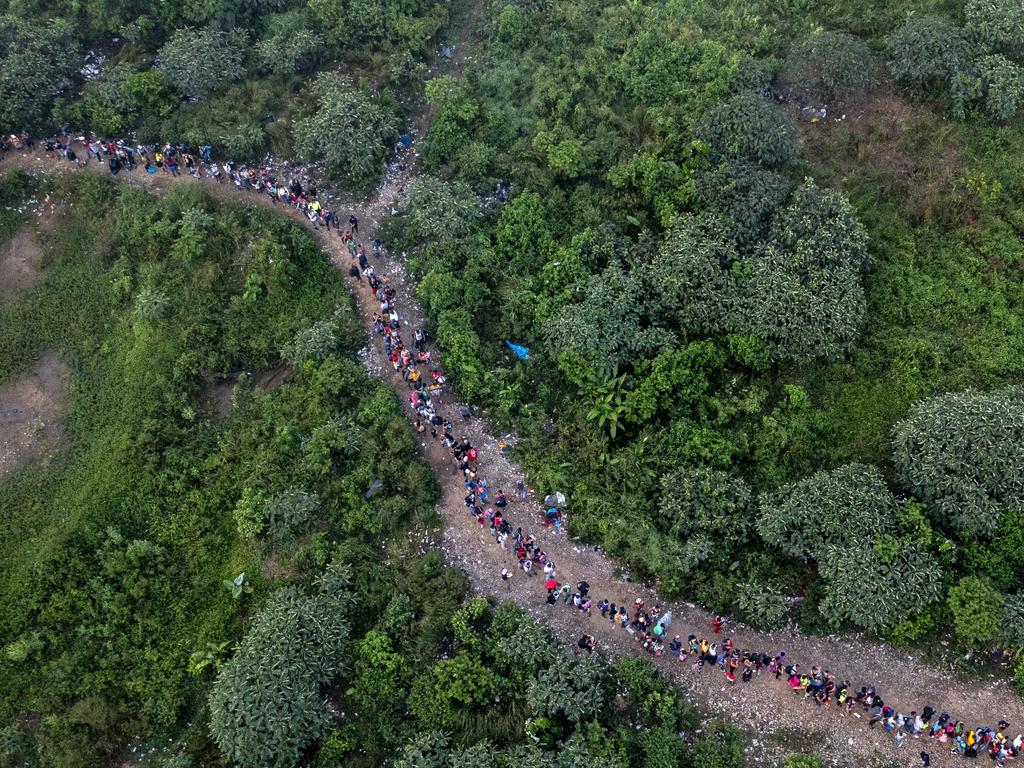
What was more harrowing, however, was the sevenfold increase in violent and sexual attacks.
Gender-based violence, particularly sexual violence affecting women and girls as young as the age of ten, increased significantly, compounding the misery for those trying to cross the Darien Gap.
The dense, mountainous jungles grown thick with foliage is now home to a victim of sexual violence every three and a half hours.
Médicos Sin Fronteras (Doctors without Borders), a charity providing humanitarian medical care, identified more than 600 survivors of sexual abuse last year.
Nearly nine per cent were children under 18, with the majority being girls.
But things have only worsened since the turn of the new year.
One doctor told The Sun Online the increase in sexual violence is “terrifying”.
He told The Sun: “We are really worried from what we have already seen in January – we attended to 100 victims of sexual abuse in just one week.
“Last year we had 700 but this year we are already attending 100 a week, it’s terrifying.”
Anyone who robs, rapes or kills a migrant on the Colombian side of the Darien Gap will usually face punishment and possibly even death.
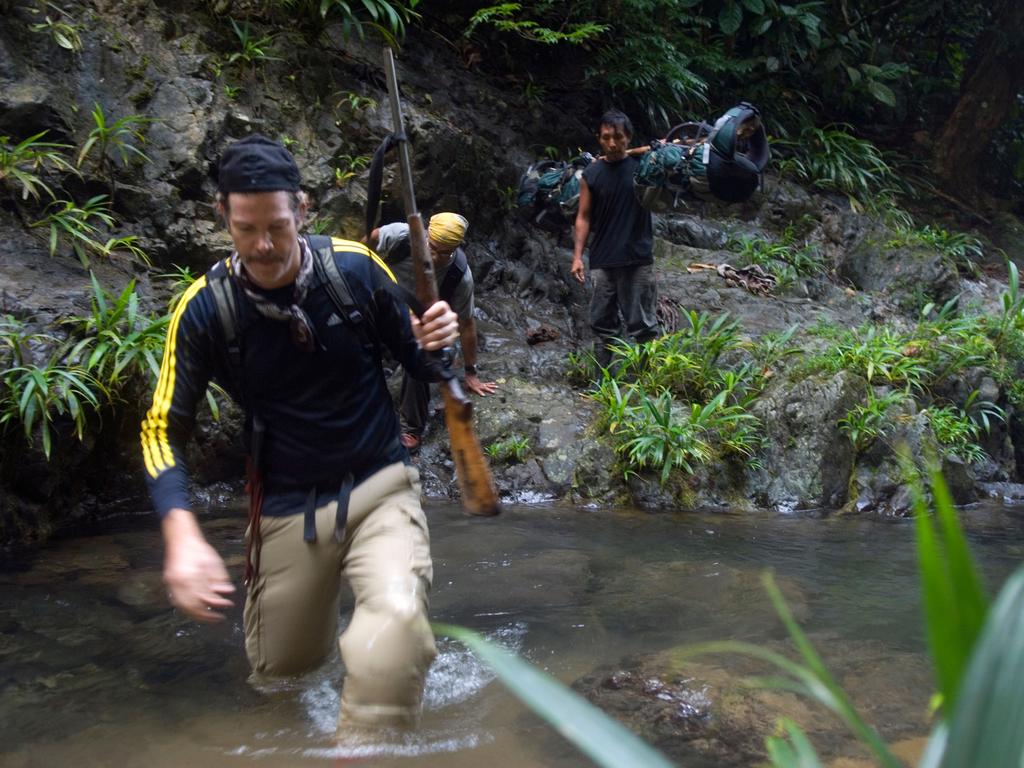
The Gaitanist armed group, or Gulf Clan, realised it was bad for business and has set a strict regimen as a result.
However, that means the majority of attacks now happen in the Panamanian portion of the Darien – areas the Gaitanist armed group do not control.
According to Valenzuela, crime is ripe at the bottom of a hill called “Loma de la Muerte” (Hill of Death) and the mountain of “Banderas” (flags), where local groups bearing guns and knives await.
“The problem is when the ‘coyotes’ (local guides) leave you at the Panama side by yourself,” he said. “Then comes this big group of 30-40 men looking to cause trouble.”
“You’ll find these little groups of local people that make a living out of robbing immigrants, asking for a lot of money for water or charging $20 for a banana.
“But if you don’t buy anything, you either have to pay them to let you go or they will rob you.”
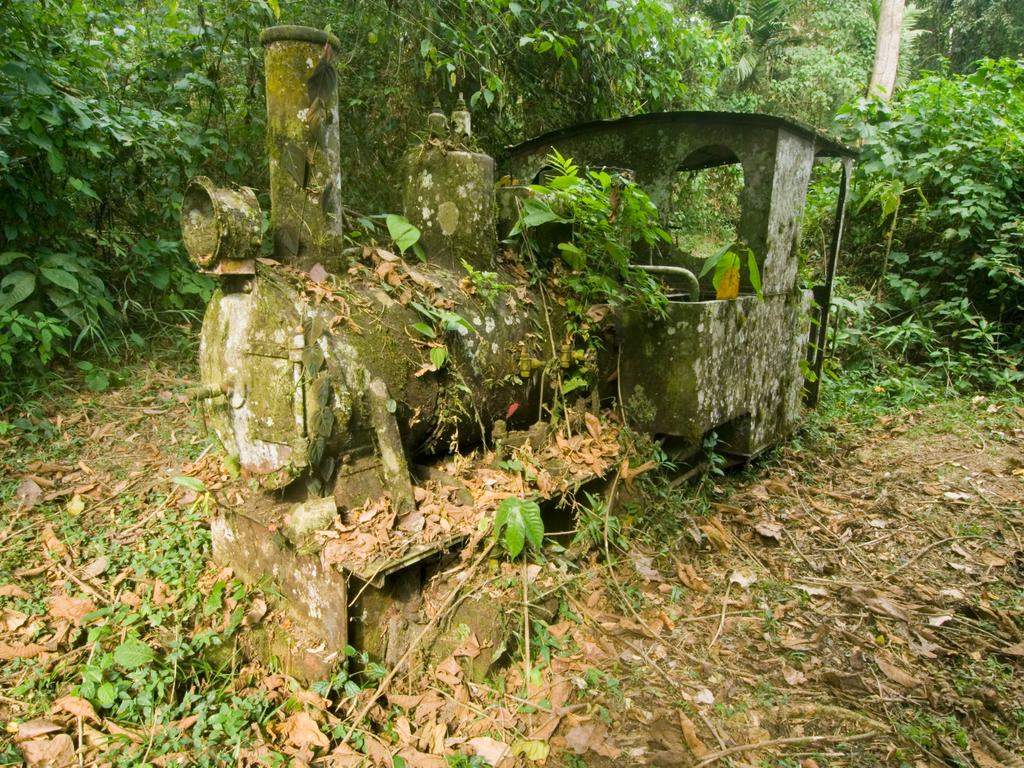
The Panamanian thugs will even force people to remove their clothes to search their orifices for money, before committing a range of sexual attacks.
This act has no limits, with families and young children all at risk of falling victim to this terrifying ordeal.
“They’ll often select a group of 20 women and take them into a cave and rape them,” Valenzuela added.
“One woman told us she was raped by 20 men.”
He continued: “We also hear a lot of cases where the women are raped in front of their child or their family.”
Men are also at risk of sexual abuse if they fail to pay their way, with some even being killed.
While the majority of dead bodies lying around the Darien Gap are a result of illness and drowning, some have been murdered in cold blood – and left to rot.
Like something out of a horror film, numerous bodies have been found scattered across the jungle floor.
Nonetheless, some women have worked out how to avoid the terrors of sexual assault – or worse.
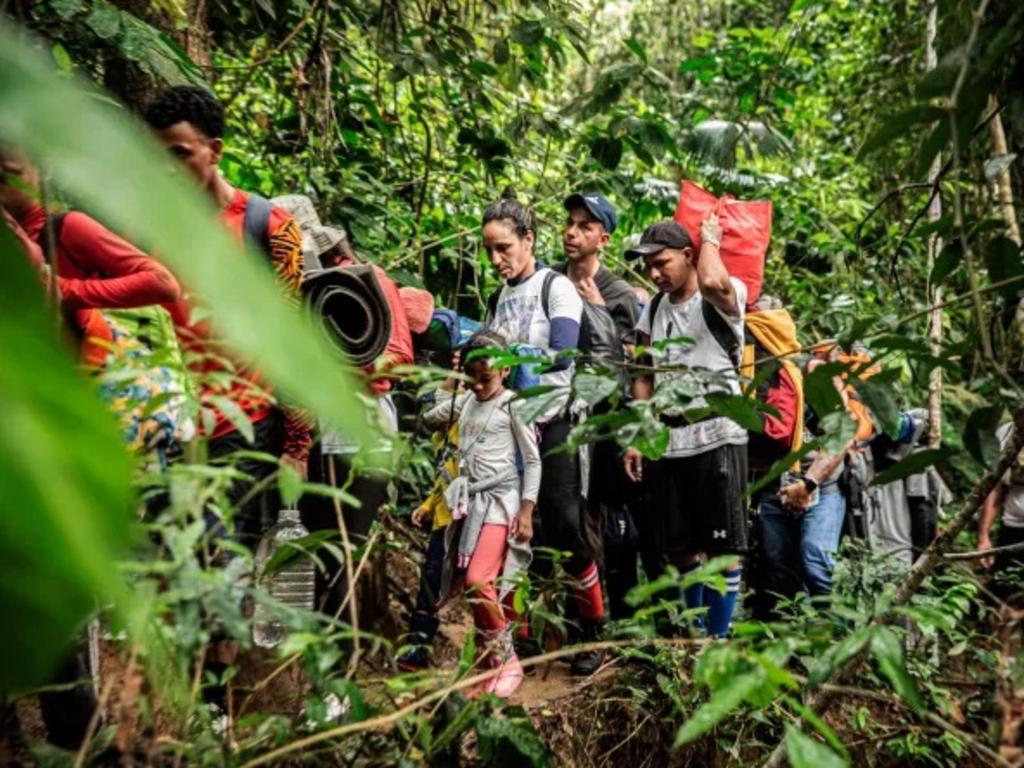
“When I was in Panama, I talked with a woman from Venezuela who was taken by a group into one of the caves,” Valenzuela recalled.
“She told me that the indigenous people have a preference for a white and blonde woman.
“So she gave herself red hair before making the journey in order to avoid that situation and it worked.”
The actual success rate for this happening is low, however, with hundreds of victims still emerging from the jungle every month.
And this ever increasing number means doctors at the refugee points in Panama cannot identify and treat all survivors with counselling or with medical treatment.
“By the time people arrive in Panama, there are a lot of necessities in terms of mental health, physical health and injuries as a result of sexual abuse,” Valenzuela said.
“We are responding to the emergency but the numbers are increasing a lot.
“In 2022 we attended 200 cases of sexual abuse, in 2023 there were almost 700. The violence in the jungle is only getting worse.”
One man who knows all about crossing the Darien Gap and the dangers it poses is legendary British explorer Colonel John Blashford Snell CBE.
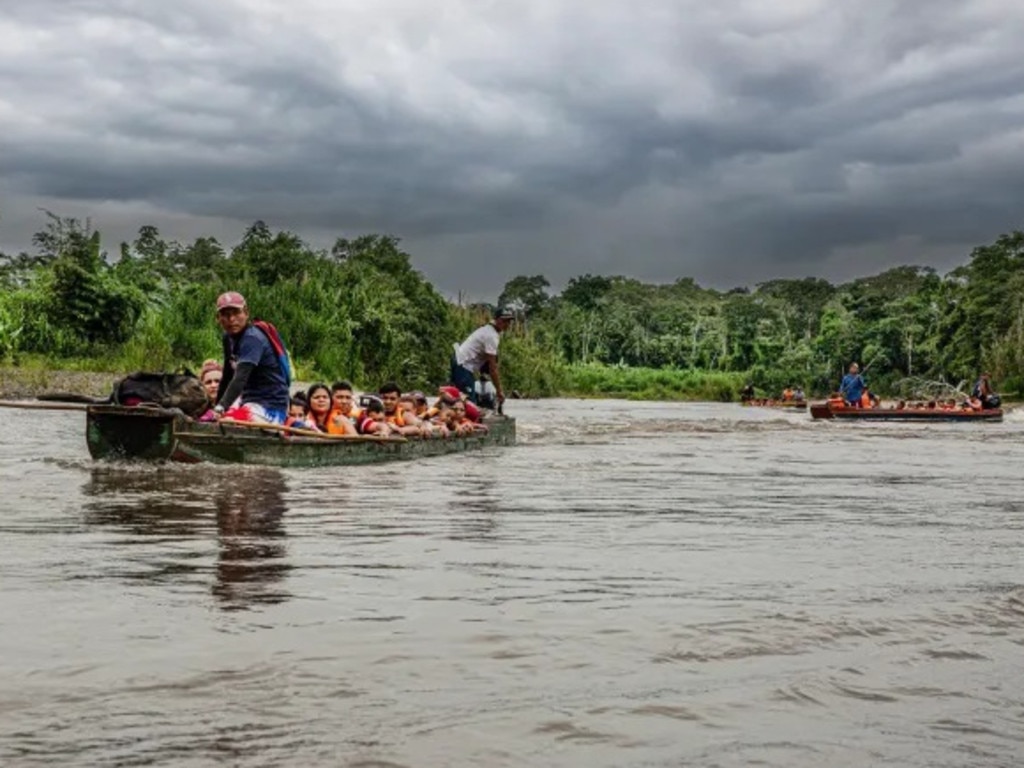
In 1971, the former soldier was tasked with finding a viable track through the deadly gap to finish the Pan American highway, but it proved an impossible mission.
Even back then, Colonel Snell was still equipped with a team of British, Colombian, Panamanian, and American armed forces for safety, with the veteran admitting not a lot has changed since.
“It’s not an area where you can just walk along happily and admire the forest, you’re quite likely to be jumped on or shot at or attacked,” he told The Sun.

“When we went through we were well armed. We had both the Colombian armed forces and the Panamanian armed forces with us at times.
“The Colombian’s lost six men killed in an ambush, and six men also drowned.
“Today, I would think the chances of somebody being bumped off are probably quite high.”
Colonel Snell said anyone thinking of traversing the Darien Gap today is “crazy”, warning people to never set foot in the world’s deadliest jungle due to the terrorist groups and bandits on either side.
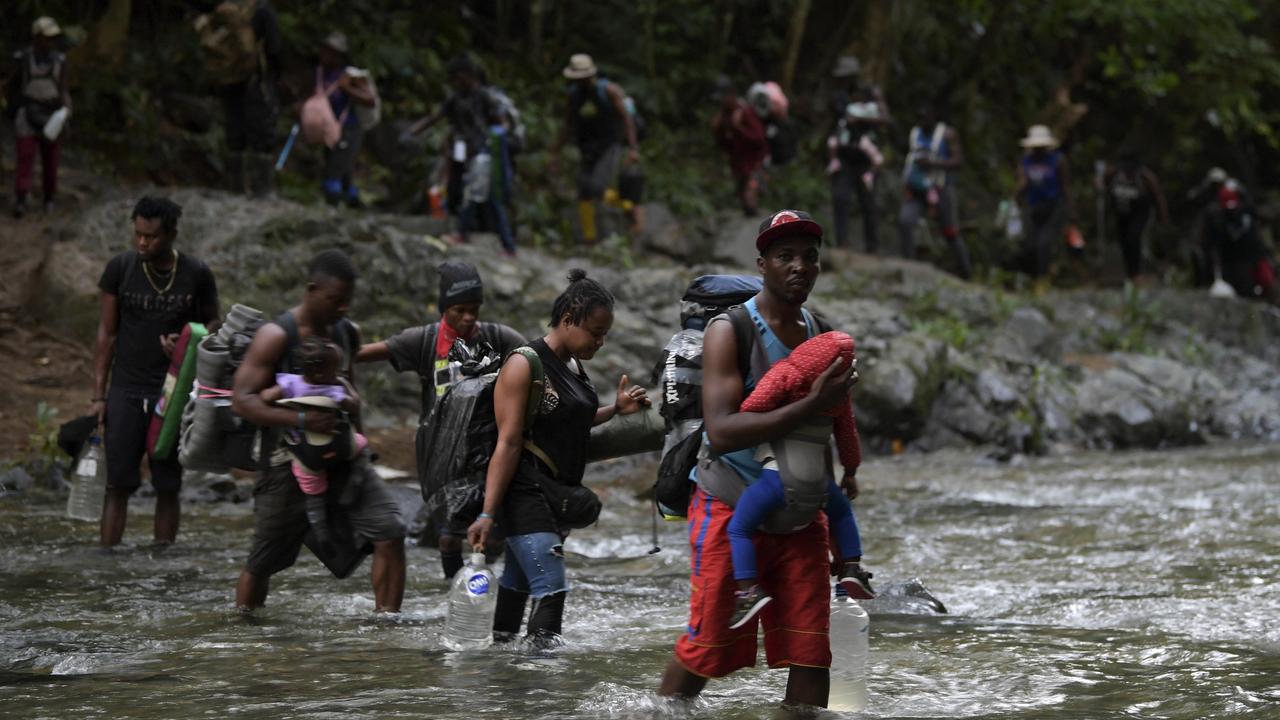
“If you look at all wealthy, these guys are going to try and grab you as a hostage,” he claimed.
“That’s the sort of people they are, they’re pretty lawless.
“There’s not much in the way of law-abiding authorities outside Yaviza (a town in Panama), there’s this great gap of pretty wild west really.”
But there are also dangers on the Colombian side of the Darien Gap, with Colonel Snell particularly wary of the National Liberation Army, also known as the ELN.
The left-wing communist group have failed to make peace with the Colombian government and “are always looking for hostages and people they can ransom”, according to the former explorer.
Colonel Snell has little hope that things will improve on the Colombian side of the border anytime soon, claiming its entirely down to the authorities to make a change.
And with the threat of individual groups on both sides, it’s a place he’s in no place to return to.
“Dense jungle, hills, swamps, rivers, plenty of poisonous snakes, drug smugglers … It’s a pretty nasty place,” he said.
“I’ve been to the Darien Gap many times, I know it well, but the situation there at the moment is pretty grave.
“The criminals in the area are the greatest risk.”
John has detailed his adventure in his book From Utmost East to Utmost West which is available now.
This article originally appeared on The Sun and was reproduced with permission



